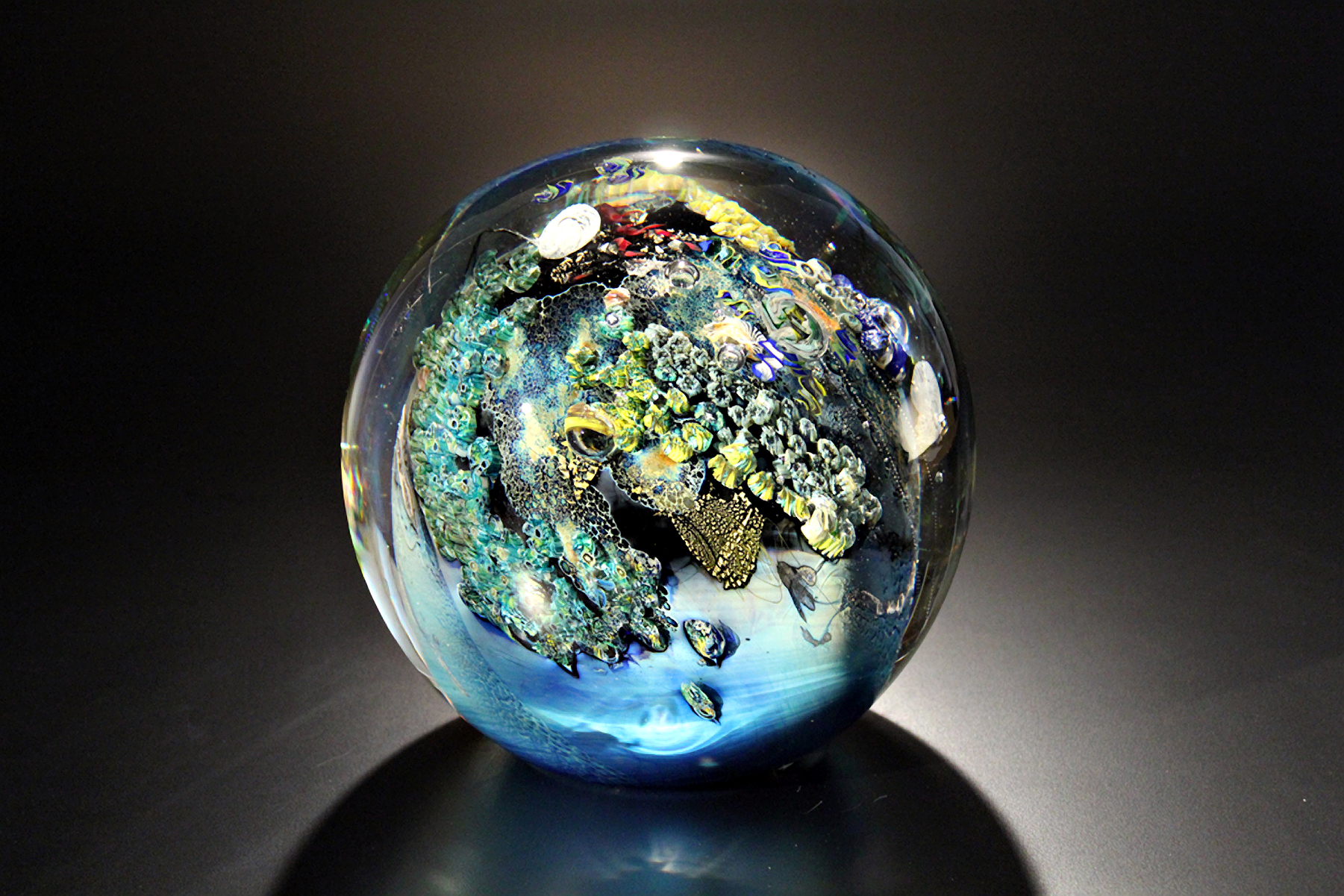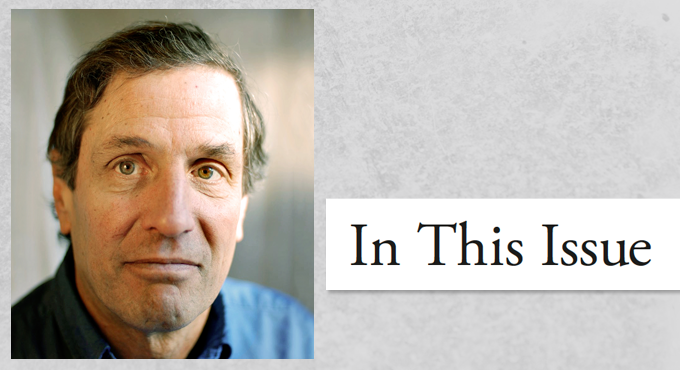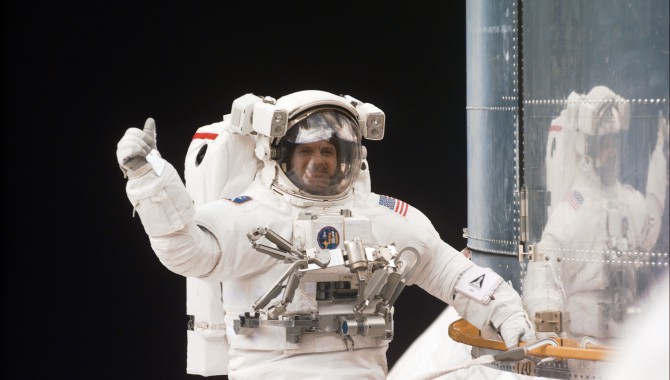
By Don Cohen
As a NASA astronaut, Steven Smith has flown on four shuttle missions and taken seven spacewalks to carry out Hubble telescope repairs and install the S-Zero Truss in the International Space Station (ISS). 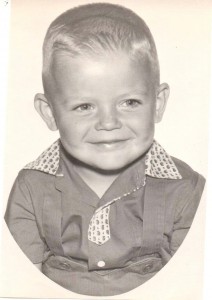 He is currently the NASA International Space Station program liaison to ESA, the European Space Agency. Don Cohen talked with him in May.
He is currently the NASA International Space Station program liaison to ESA, the European Space Agency. Don Cohen talked with him in May.
Cohen: At the International Astronautical Federation anniversary celebration in March, you showed a drawing of a spaceship you drew as a child. What made you want to be an astronaut then and hold on to that ambition for so many years?
Smith: There were multiple reasons. The first was that I loved airplanes and flying. My dad was an IBM engineer and we were stationed in Japan for a couple of years, so we flew a lot on Boeing 707s back and forth across the Pacific Ocean. We got dressed up for each flight. We would go watch the airplanes take off and land. Spaceflight in particular grabbed my fancy. I was one of those kids that loved to go out in the wilderness. Going into outer space was the ultimate adventure in terms of going out and exploring. It involved aviation; it involved adventure; it involved math and science, which I was thrilled with, coming from an IBM engineer’s family. And my parents said, “You always want to do something that contributes back to society.” With all great adventures comes knowledge that makes our lives better, so it was really a perfect fit. If you talk to friends from my youth, they’ll tell you, this guy always wanted to be a pilot and an astronaut.
Cohen: When you eventually flew into space …
Smith: I was turned down by the astronaut office four times.
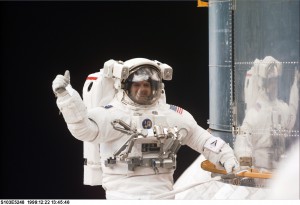 Cohen: When you finally flew, did it live up to your expectations?
Cohen: When you finally flew, did it live up to your expectations?
Smith: It was thrilling as I expected … and more. Seeing the earth from space and traveling at Mach 25 were incredible. Living in microgravity was like a magic show—you could even sleep on the wall or ceiling. Seeing the sun rise and the sun set sixteen times per twenty-four-hour day is amazing. And then when you are lucky enough to go outside for a spacewalk, it is even more intense. I went inside the Hubble Space Telescope and held items that were 1,000 or 1,500 lbs. with my fingertips. The challenge ever since has been to accurately convey to people who haven’t had a chance to experience it—yet—what it is like.
We have worked with the Russians for a long time, but they have fifty years of experience and we have fifty years of experience, and we do things differently.
Cohen: Do you ever feel weighed down back on Earth?
Smith: It’s interesting when you come back. Right after I landed at the end of my first flight, my wife handed me my two-year-old daughter. She weighed a ton. I handed her back because I was a little unsteady and I said, “I can’t hold on to her.” Tom Jones handed me a very expensive camera just after we came to wheels-stop on my first flight and he said, “Would you mind taking a picture of me?” This multi-thousand-dollar camera had been weightless for a couple of weeks. When he let go of it, I almost dropped it. My mind was still thinking it was weightless. It is tough to come back in that respect.
Cohen: Tell me about your current work.
Smith: I’m what’s called the liaison between the NASA and ESA space station programs. That one word—liaison—is a good description. I help the two agencies work together on all things related to the space station, a wide range of things from technical discussions to financial discussions, export control, legal and political issues. We work together extremely well, but there are huge differences in experience and cultures. We’ve now got nineteen cultures at the European Space Agency. So my job is to try to bring the two together so they work well.
Cohen: Can you give me an example of a specific issue you’ve been involved in?
Smith: One of the most common issues is technical disagreement: for instance, about how we operate the Automated Transfer Vehicle [ATV] at a certain part of its rendezvous. ESA might be seeking to improve their operations or save money or both. They’ll come to our flight controllers and say, “On the second flight of ATV-2, can we do something different than we did on ATV-1?” Often engineers meet these proposals with a bit of reluctance. But we dug in and understood what ESA wanted and decided to go ahead and support their request. We also have times when rumors go around about a reorganization or the position of senior managers on either side, and often I’m just trying to correct the record, making clear what’s actually going on and what the actual conversations have been about.
Cohen: So you’re a knowledge-transfer agent. How do you get accurate information about ESA to communicate to NASA, and about NASA to communicate to ESA?
Smith: On the NASA side, I’ve got several bosses and have all kinds of meetings with managers from different offices and different disciplines, so it’s pretty easy to get the NASA story to bring to our European colleagues in a concise, well-ordered way. In terms of transferring information from here back to NASA, a lot of it is available both in literature and on the Internet, but, as usual, by far the best way is by networking and walking the halls. I’ve been here for eight years now, so I’ve gotten to know many of the people very well. They understand me and understand the trust they can have. The best way to understand things is face to face.
Cohen: Was it hard to develop that trust and understanding?
Now that we’re talking about getting out of low-Earth orbit, ISS is going to be an international platform for us all advancing together to wherever we decide to go: near-Earth objects, the moon, Mars, whatever we do.
Smith: I started off on the Automated Transfer Vehicle project, ESA’s first attempt to build a human spaceflight vehicle. NASA was responsible for making sure it was safely integrated into the program. I’m sure when the first NASA reps arrived, there was some skepticism on the Europeans’ part that we would be overwhelming and try to impose all of our rules on them. I’m sure there still is some of that to this day. But my predecessors gave me one really good piece of advice. They said, “Your job is to keep NASA out of ESA’s way.” There are a lot of people in NASA who will ask for things; I need to be a filter before I pass them on to the Europeans. So I had to gain credibility. I think also they were a little bit concerned that an astronaut was coming over, someone who had operational experience but maybe not other kinds of experience. They didn’t know my background. I did have seven years of industry experience at IBM and have a Stanford MBA, so I have some business experience, too.
Cohen: I assume your astronaut experience has been helpful to you in this job.
Smith: Definitely. Astronauts have a unique opportunity to see so many things when we’re in the flight crew office. We get different experiences all over the agency and all over the space program. I was also a flight controller before I was an astronaut. I was in mission control for some shuttle flights, so I had some ground operations experience and had human spaceflight experience as well as the specific ISS experience. Of course, having been in the space station is a huge benefit because I can understand the situation we’re talking about when we’re debating technical topics.
Cohen: For instance?
Smith: When we were designing the way the crew would watch the ATV approach to make sure it was safe, it was really easy for me to judge whether or not we were asking too much of the crew. If there were times when we were giving too much information to the crew or not enough or not the right type, it was really easy to speak up and say, “You know, I think this is what my colleagues really would like.” We were also blessed with having a second astronaut working the program from the ESA side, Jean-François Clervoy, who I flew with to the Hubble Space Telescope. Together our operational experience was valuable. And we had experience with the Russian cosmonauts and Russian ground controllers and knew that their philosophies were a little bit different from ours. So we tried to decide what would be a happy medium on, for example, what we would ask a crew to watch and do during an ATV rendezvous.
Cohen: If the people trying to make decisions haven’t been up there
Smith: Yes, we forget that in zero gravity cables will bend in this direction or that the crew really should stand on the wall rather than the ceiling when they do a particular task—things that people who hadn’t actually been there might not think about.
Cohen: Has it been a challenge to understand the different cultures you work with?
Smith: We have nineteen countries here, and it’s hugely important to understand how each culture works. It’s also important to guess what stereotypes they have of Americans, so I can dispel them. In any international negotiation, you need to understand the culture of the other party. My parents lived in Europe for six years, so I had some exposure to European cultures, but the first year that I was here I was trying to be very open-minded, very respectful, very quiet in my responses, just to gather in how all the cultures worked together. When I got to Les Mureaux, which is where the ATV ESA team was working, there were seventeen people but seven different cultures and seven different languages. It took some tiptoeing at the beginning. We have worked with the Russians for a long time, but they have fifty years of experience and we have fifty years of experience, and we do things differently. It’s really important to go in with a mind-set that we’re in the extreme on this particular topic on the left, they’re in the extreme on the right; probably the answer is not on the left or the right, it’s somewhere in between. I’ve tried to have that philosophy on everything I’ve done: that we’re not completely wrong and they’re not completely wrong. Somewhere in the middle is probably the happy medium.
Cohen: Do you find that working in English—the official ESA working language—is a handicap for people who are not native speakers?
Smith: Almost not at all. The people are incredible. I’m jealous of their language skills every day. In eight years I don’t remember us ever miscommunicating. Maybe we stumble for thirty seconds just to make sure we understood what the other person is saying. I think they’re so skilled that it doesn’t even cross their minds.
Cohen: How do you see the future of the ISS?
Smith: I think it’s going to be a fantastic platform to continue to do our basic research. We’re just getting our legs under us in terms of good research. Now that we’re talking about getting out of low-Earth orbit, ISS is going to be an international platform for us all advancing together to wherever we decide to go: near-Earth objects, the moon, Mars, whatever we do. This incredible infrastructure is in place. I think ISS is the perfect place to try different operational techniques and technologies before you venture away.
Cohen: I’d say the space station has been a huge technical achievement and a great example of international cooperation.
Smith: I have a couple of pictures of the space station on the wall in front of me. It’s really amazing what was achieved, building something that’s the size of a football field that generates the power to support six humans in space. In terms of contributions to world peace, it’s been a huge asset. I think the best way to understand that is to talk to people who are in their middle to late sixties. They figured out how to do the space station and decided that, “You know what, we’d better work with the Russians on this or we’re not going to have a space station.” Those are the people that experienced the big turnaround. Those of us in the program now travel freely to see our friends in Moscow. It wasn’t too long ago that that would have been unheard of. It’s interesting to talk to some of the NASA personnel who traveled there in the Apollo–Soyuz time. Everyone was watching each other very carefully and was a little bit skeptical. Now there is none of that. We hold thousands of teleconferences a year, freely working together to make life better on Earth. That’s been a huge benefit to all of us.
Cohen: What would you say are the biggest challenges coming up for the space station program?
Smith: There are a certain number of partners in the ISS program. I’m sure some non-partners are interested in flying with us to the moon and to Mars. So it will be really exciting and challenging to bring in even more cultures. There are some major countries in the world that are not part of ISS that I’m sure would be interested in being part of the next great adventure.
Cohen: Like the Chinese?
Smith: Well, the two big countries that are not part of the ISS are China and India. The United Kingdom is not a major player; Australia isn’t; South America does not have countries involved. But participation in the next great adventure is going to come from all over the world.
Write to the Author
- Contact Don Cohen
More Articles by Don Cohen
- In This Issue (ASK 42)
- Interview with Rdiger S (ASK 42)
- Applied Knowledge: NASA Aids the Chilean Rescue Effort (ASK 41)
- Interview with Jill Prince (ASK 41)
- In This Issue (ASK 40)
- + View More Articles






